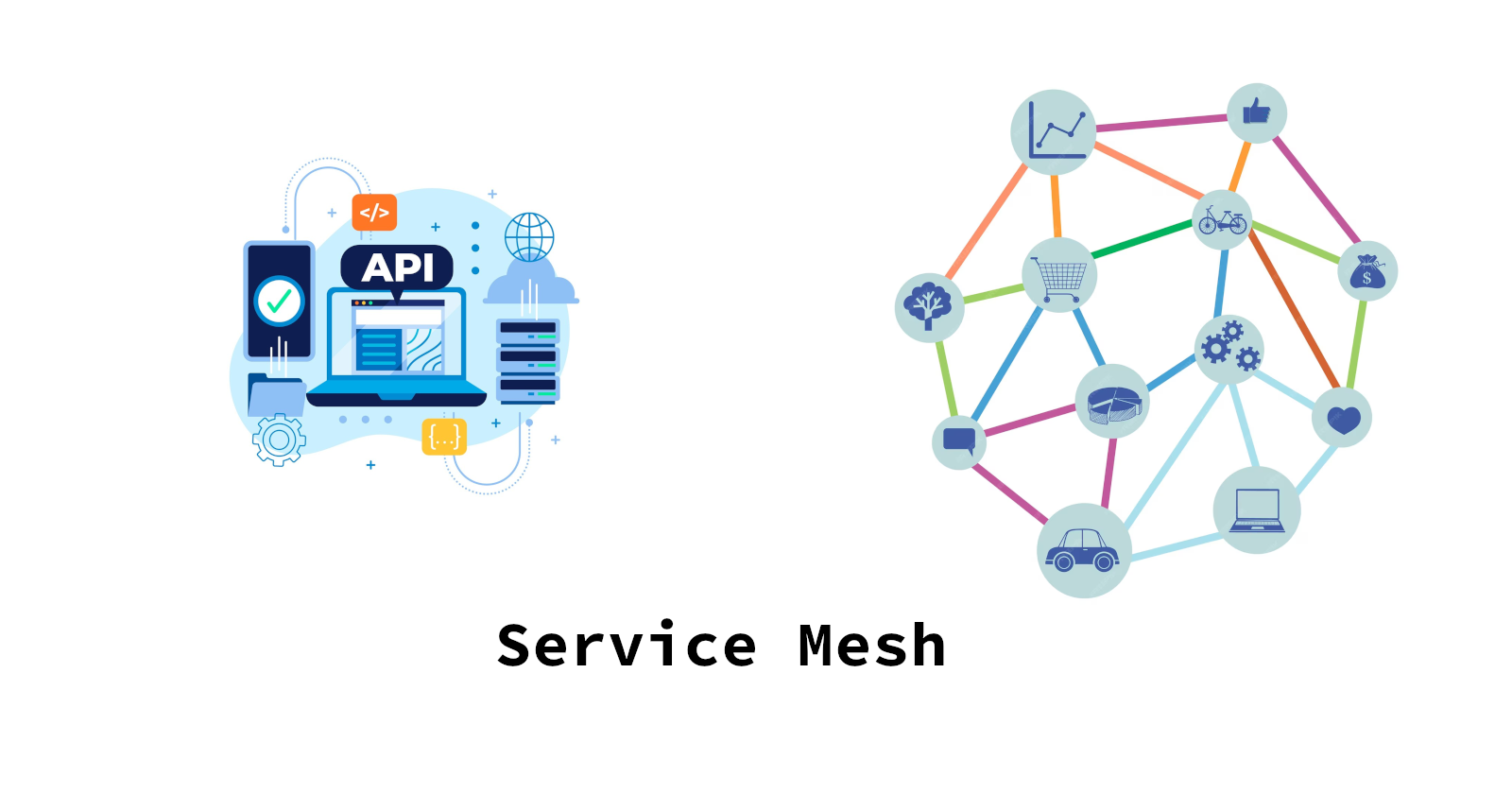Mesh-merized: Understanding Power of Service Meshes
 Nikhil Akki
Nikhil Akki
Intro
In today's world of micro-services architecture, applications are broken down into small, independent services that communicate with each other over the network. As the number of services grows, managing and controlling the communication between them becomes increasingly complex. This is where a service mesh comes into play.
A service mesh is a dedicated infrastructure layer that handles service-to-service communication within a micro-services architecture. It's a lightweight network of proxies deployed alongside the application services, providing a transparent layer of functionality for managing traffic flow, service discovery, load balancing, encryption, observability, and more. By decoupling these cross-cutting concerns from the application code, service meshes enable developers to focus on building the core business logic while ensuring reliable and secure communication between services.
Simple explanation
Imagine you have a city with many houses (services) that need to communicate with each other. A service mesh is like a network of roads and traffic lights that manages the flow of cars (requests) between the houses. It helps the cars find the right houses, ensures they don't get lost or stuck in traffic, and keeps everything running smoothly. With a service mesh, the houses don't have to worry about navigation or traffic control; they can focus on their main purpose while the service mesh takes care of the communication.
Use Cases
Micro-services Communication: Service meshes are essential for managing communication in micro-services architectures, where applications are broken down into multiple independent services. Example: In an e-commerce application, the order service may need to communicate with the inventory service, payment service, and shipping service to process an order.
Traffic Management: Service meshes provide advanced traffic management capabilities, such as load balancing, circuit breaking, and retries, ensuring reliable and resilient communication between services. Example: If one instance of the payment service is overloaded, the service mesh can automatically route requests to other available instances.
Observability: Service meshes offer comprehensive observability features, including distributed tracing, metrics collection, and logging, allowing developers to gain insights into the behavior and performance of their micro services. Example: A service mesh can provide end-to-end tracing for a request as it traverses multiple services, helping to identify and diagnose performance issues.
Security: Service meshes can enforce security policies, such as mutual TLS authentication, authorization, and encryption, protecting communication between services from unauthorized access and data breaches. Example: In a finance application, the service mesh can ensure that only authenticated and authorized services can access sensitive financial data.
Hybrid and Multi-Cloud Environments: Service meshes can seamlessly integrate with hybrid and multi-cloud architectures, enabling consistent communication and management across different environments. Example: An application running partly on-premises and partly on a public cloud can leverage a service mesh for consistent traffic management and observability across both environments.
Takeaway
Service meshes have emerged as a crucial component in modern micro-services architectures, providing a dedicated layer for managing service-to-service communication. By offloading cross-cutting concerns from the application code, service meshes simplify the development and operations of micro-services, enabling developers to focus on building core business logic. With features like traffic management, observability, security, and multi-environment support, service meshes enhance the reliability, resilience, and scalability of distributed applications. As micro-services continue to gain popularity, service meshes will play an increasingly vital role in enabling seamless communication and efficient management of complex, distributed systems.
References
Subscribe to my newsletter
Read articles from Nikhil Akki directly inside your inbox. Subscribe to the newsletter, and don't miss out.
Written by

Nikhil Akki
Nikhil Akki
I am a Full Stack Solution Architect at Deloitte LLP. I help build production grade web applications on major public clouds - AWS, GCP and Azure.